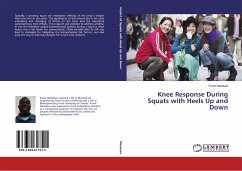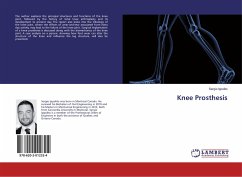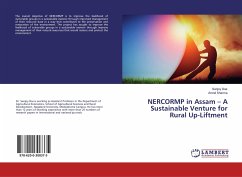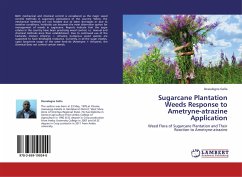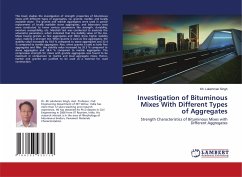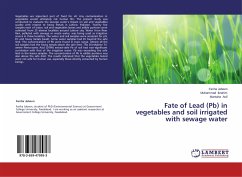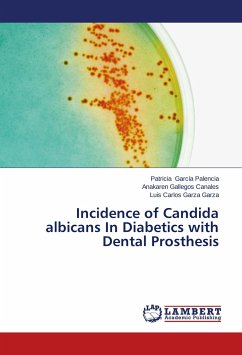Typically, a prolong squat will necessitate shifting of the body's weight from one foot to the other. The significance of this interest lies in the cyclic unloading and reloading of forces on the knee and the associated potential long term effects. This research will attempt to address whether or not the repetitive cyclical biomechanical loading during a squat is what makes this a risk factor for osteoarthritis. These possible links to OA may lead to strategies for mitigating the biomechanical risk factors, and also pave the way to improved designs for future knee implants.
Hinweis: Dieser Artikel kann nur an eine deutsche Lieferadresse ausgeliefert werden.
Hinweis: Dieser Artikel kann nur an eine deutsche Lieferadresse ausgeliefert werden.

